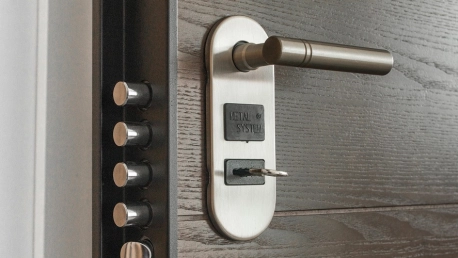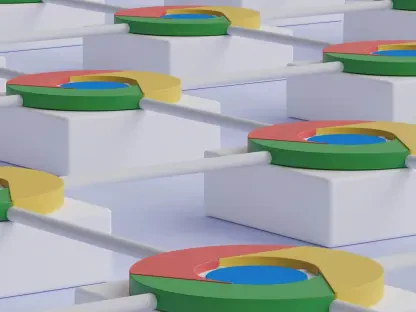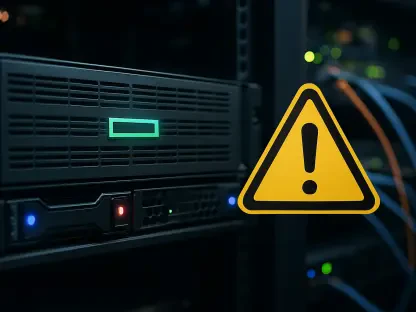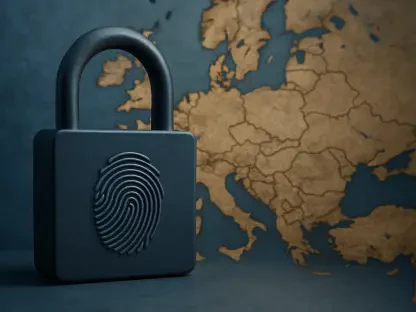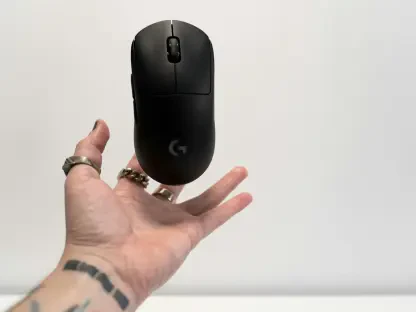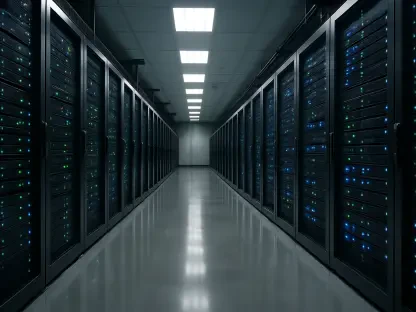Thinking about how safe, or unsafe, your home is can be an uncomfortable thought. No doubt that it’s a concern that goes through every homeowner’s mind, and the thought of an intruder or breach of privacy is enough to send shivers down your spine. However, at the rate at which technology is advancing, it’s becoming increasingly easy to protect your humble abode. These tech innovations have made home security systems more robust and accessible to all—ensuring that there are options available for anyone looking to feel safer on their property.
The days of bulky deadbolts and guard dogs are behind us, and you need to start thinking about working smart instead of hard. This is why we’ll be discussing what makes for a safe home, as well as what exactly your options are when looking for the perfect security system. You don’t need to be a tech buff to make the right choices: Stick to the tips outlined in this article, and you’ll be up and running before you know it.
Home Security Systems 101
How do you get started when it comes to making your home a safe haven from intruders? It can feel like the options are endless, and these types of projects can get pretty expensive if you don’t do your research beforehand. Let’s unpack the ins and outs of home security systems so you can get the gist of a good set-up before spending a lot of time and money on it.
Components of a Home Security System
Before even setting your digital foot on Amazon, you need to know what makes up a good security system. Basically, you have three components that work together to help you watch over your home and family at all times:
- Alarms and Sensors: These are your first line of defense that lets you know once the perimeter has been breached. If you think about it, you really want to know about a possible threat before it’s standing at your doorstep or, worse, inside your home.
- Cameras: The cameras are your eyes that scan your property 24/7. They allow you to see exactly what’s going on, should a sensor alert you of a possible intrusion, without having to go outside.
- Control Panel: The control panel is the brains of the operation and makes sure that every piece of the security puzzle fits together nicely. Plus, some control panels are very convenient, allowing you to keep an eye on the comings and goings around your residence from the palm of your hand.
Types of Security Systems
Now that we have the components out of the way, let’s get to the types of systems that are available at the moment. On the one hand, you get traditional wired setups, and on the other, smart home security systems.
The traditional, old-school systems are hardwired into your home’s structure. Even though they’re not as advanced, they still pack a punch and will do a sufficient job of keeping your home secure. They’re also a bit more cost-effective than the more modern options.
Then you get the smart home security systems. These are more tech-savvy and keep your entire home connected without the need for physical wiring. Also, you can control everything with a simple voice command or the touch of a button.
Benefits of Smart Home Security
Remote Monitoring
Smart home security systems allow you to control every aspect of it from your phone, with no need to go back and forth. If you’re on vacation on the other side of the world and wondering whether you forgot to turn your alarm on, you can just jump on your app and double-check in just a few clicks.
Integration with Smart Home Devices
Smart security systems play well with other smart devices in your home as well. This means you can create a seamless ecosystem where your security system chats with your lights, thermostat, and even your coffee maker. Imagine your lights turning on automatically if a motion sensor is triggered. This adds an extra layer of deterrence for intruders trying their luck.
Cloud Storage
Another benefit of smart home security systems is the fact that you can record footage any time a sensor detects motion, and it gets uploaded automatically to the cloud. Saving this footage on the cloud also uses less storage space, adding to the overall comfort and convenience of smart home security systems.
DIY vs. Professional Security Solutions
We’ve covered the basics, and you probably have a good idea of which route you want to go with regard to your home security. You might be wondering whether you should install it yourself or utilize professional services, so here are a few things you need to mull over before making a decision.
DIY Home Security Systems:
The allure of DIY systems lies in their flexibility and cost-effectiveness because you can customize your setup until it fits your budget and needs. Moreover, you don’t have to worry about contracts or installation fees.
On the flip side, you’ll have to look out for maintenance and troubleshoot any problems yourself, which can be a headache if you don’t know what you’re doing. If you’re up for the challenge or have some experience, then try it out. But if you’re a novice yourself and only want to save some money, it could be better to consider using professional services.
Professional Home Security Systems
This option is the opposite of the above. If you’re going for the professional route, you can sit back and relax while the experts do all the work. You also don’t have to worry about maintenance or upkeep, and if you have any issues, help is just a phone call away. However, a lot of the time, there may be some added costs involved, and the odds are you will have to sign a maintenance or service contract. But there’s no need to panic! Just do your homework and compare prices before committing to professional services.
Final Thoughts
Home security isn’t just about gadgets and being able to turn your lights on by clapping. The goal is to create a safe space for yourself and your family and to be able to sleep soundly at night, with the added bonus of being able to leave the house without a nagging feeling at the back of your mind.
And you don’t have to invest your life savings all at once. You can start small with a minor system that gets the job done but doesn’t cost an arm and a leg. So whether you’re a hands-on DIY enthusiast who’s ready to tackle the installation by yourself or someone who prefers to let the professionals handle it, you will achieve the same outcome – to protect what matters most.
